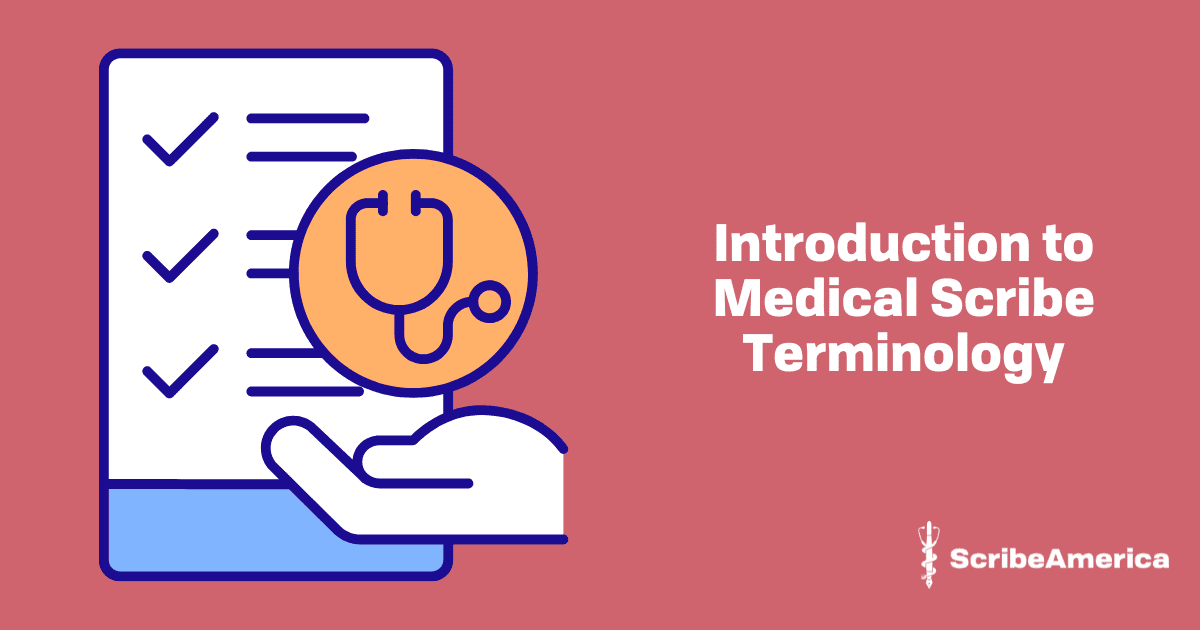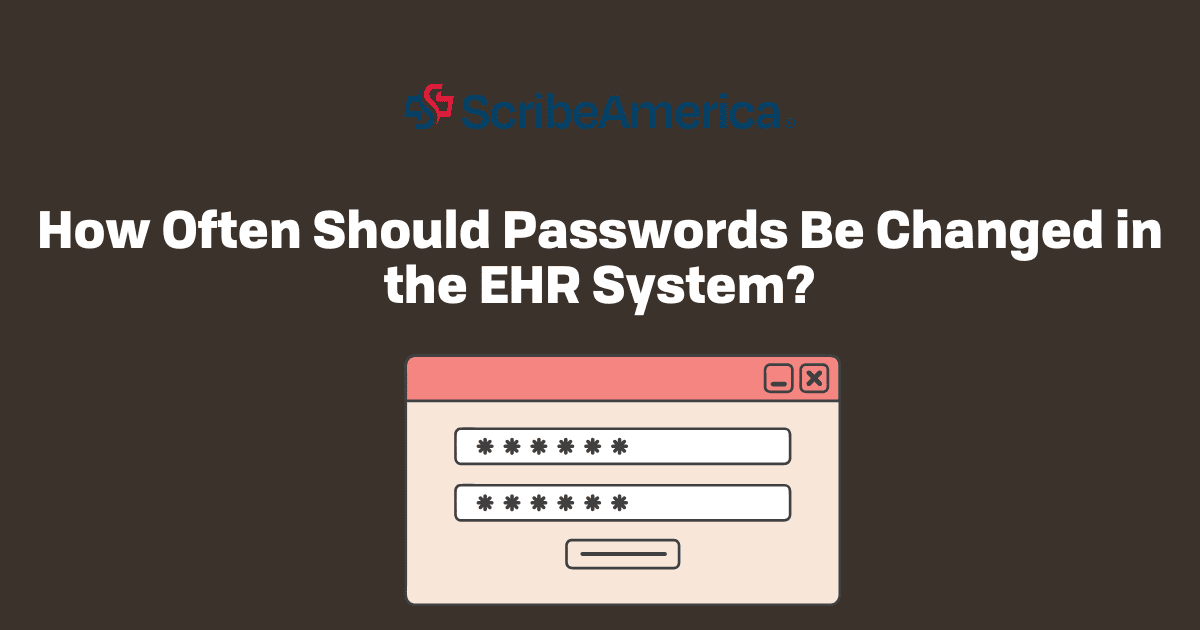Imagine being dropped into a bustling emergency room, where doctors fire off rapid diagnosis, nurses relay vital signs, and every second counts. To keep up, a medical scribe must have a firm grasp of medical scribe terminology and act as the bridge between a physician’s words and the official documentation.
Why should you learn medical terminology to be a scribe?
A medical scribe isn’t just someone jotting down notes; these professionals are an essential part of the healthcare workflow. Understanding medical terminology provides scribes with accuracy, efficiency and clear communication between medical professionals. On the other hand, minor misinterpretation can lead to serious consequences – imagine mistaking “hyperglycemia” (high blood sugar) for “hypoglycemia” (low blood sugar). One wrong word could lead to a treatment error, which is why a scribe’s comprehension of terminology is crucial.
Beyond just avoiding errors, mastering this language allows scribes to work more efficiently. Physicians don’t have time to explain every term or abbreviation; they expect their scribe to recognize the difference between a “CT” scan and an “MRI” without hesitation. A strong foundation in basic medical terminology for scribes transforms a beginner into a valued team member who can anticipate a doctor’s needs, improving patient care.
Breaking down the basics
Learning basic medical terminology for medical scribe work involves understanding three key areas: anatomy, diagnostics, and procedural terms:
- Anatomy terms help scribes pinpoint locations in the body – knowing that “proximal” means closer to the body’s center while “distal” means farther away can clarify where an injury is located.
- Diagnostic terms, such as “tachycardia” (fast heart rate) or “dyspnea” (difficulty breathing), are essential for transcribing a patient’s condition accurately.
- Procedural terms like “intubation” or “catheterization” describe medical interventions and treatments, allowing the scribe to document a patient's care properly.
Just as important are the abbreviations and shorthand used in medical settings. Terms like “BP” for blood pressure or “Hx” for medical history might seem basic, but they help save time and space in documentation. That said, not all abbreviations are universal, so scribes need to learn the specific ones used in their hospital to avoid any confusion.

The challenge of learning and retaining terminology
For new scribes, the sheer volume of medical scribe terminology can be overwhelming. The key is exposure and repetition. Just like a musician practices scales until it becomes second nature, a scribe has to immerse themselves in the language of medicine until it flows effortlessly.
Using flashcards, studying real medical records, and shadowing experienced scribes can accelerate learning. Some scribes even develop mnemonics or mental associations to recall tricky terms. Whatever the method, the goal is fluency. So, when hearing “myocardial infarction”, you should be able to immediately understand it as a heart attack.
The takeaway
A well-trained medical scribe is like an interpreter in the world of healthcare – translating complex medical conversations into clear, precise documentation.
Mastering medical terminology for scribes isn’t just about passing an exam or getting hired; it’s about being an indispensable part of the medical team. With practice, patience, and persistence, you can build the language skills necessary to thrive in this rewarding field.
Getting started? Discover 15 good healthcare terms to know for a medical scribe job.




